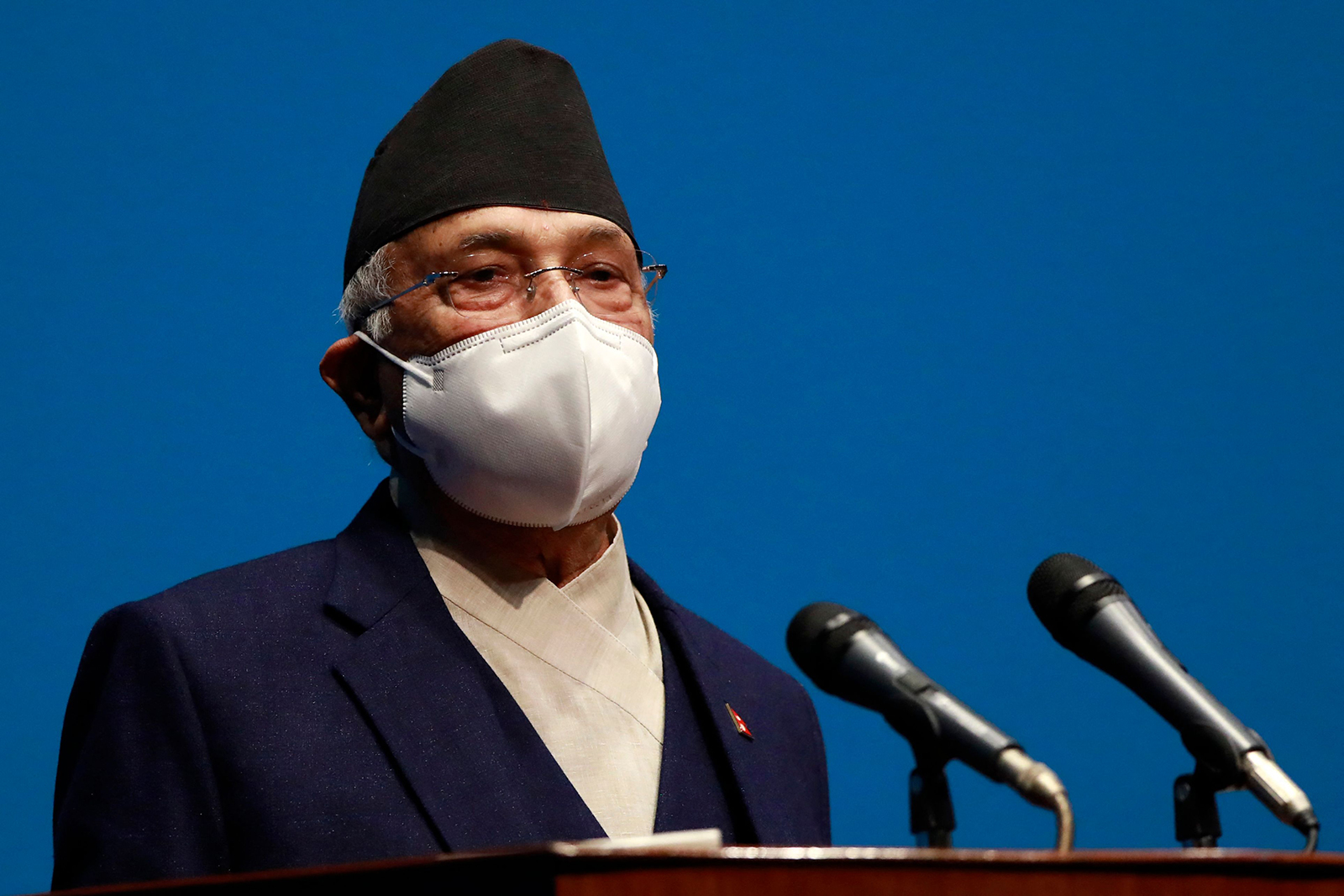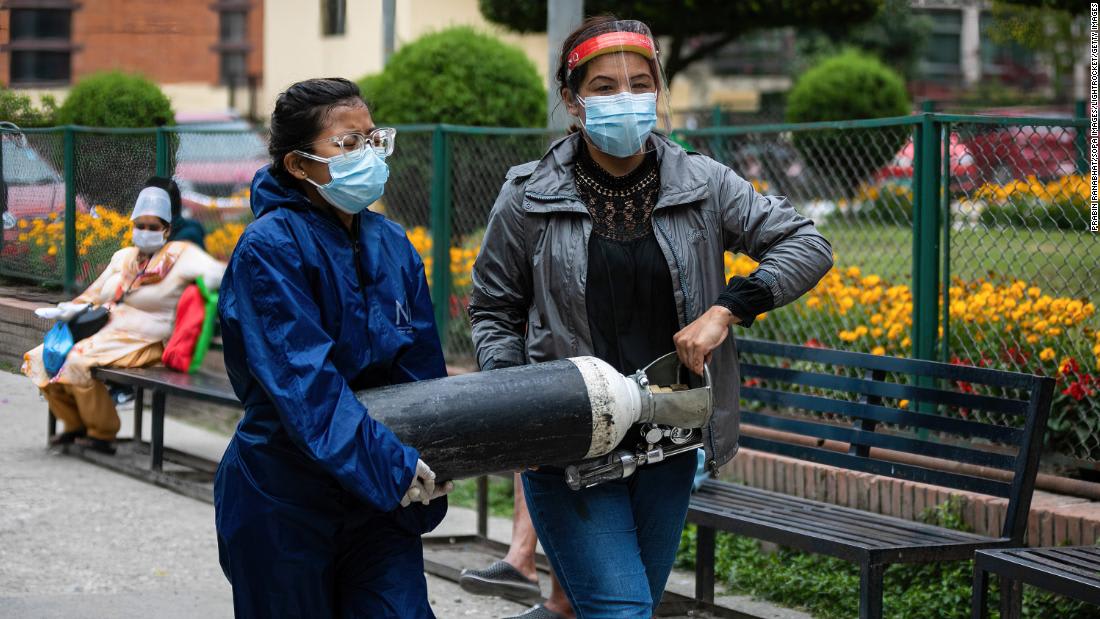
Nepal’s leader K.P. Sharma Oli was reappointed as the country’s Prime Minister Thursday after losing a vote of confidence earlier in the week as a deadly second wave of Covid-19 ravages the country.
What happened?
Nepal’s cases have grown dramatically over the past month, with the country now reporting more than 9,000 new Covid-19 cases a day.
Critics said Oli could have done more to stop the second wave, which has stretched hospitals to breaking point. The Communist Party of Nepal (Maoist Centre) — which was earlier part of the ruling party — withdrew its support for Oli’s government.
Oli then sought a confidence vote in Parliament Monday — which Oli lost.
That threw the country into political turmoil. Oli was forced to step down, and the opposition parties were given until Thursday to form a coalition government.
But the opposition parties failed to gather support of majority lawmakers to form the next government by the deadline set by President Bidhya Devi Bhandari.
What’s next?
Oli will take an oath of office on Friday, according to Nepal’s Office of the President.
The Prime Minister now needs to prove majority in Parliament within 30 days. If he fails to do so, the country will go to midterm elections so leaders can win a fresh mandate.
Why is this important?
Onlookers worry that Nepal could soon face a crisis as bad as neighboring India. Already, oxygen is in short supply and patients are running out of beds.
And in Nepal, which has a fragile health care system at the best of times, things may only get worse.
Despite that, some critics worry that Nepal’s leaders are more concerned with politics than the unfolding health crisis.
from WordPress https://ift.tt/3tGbwCA
via IFTTT


No comments:
Post a Comment